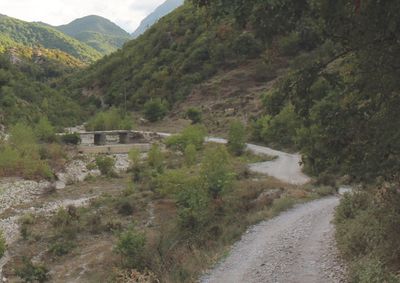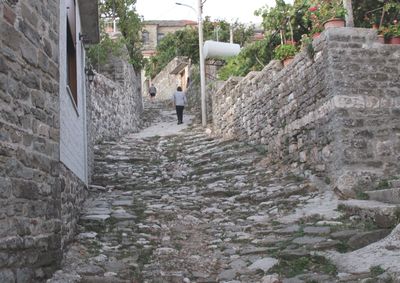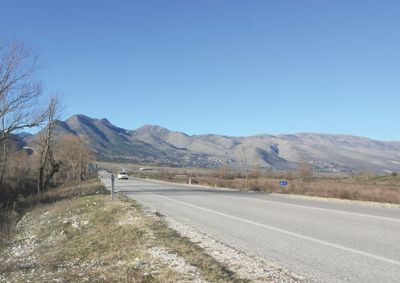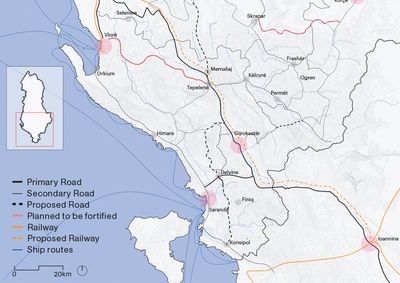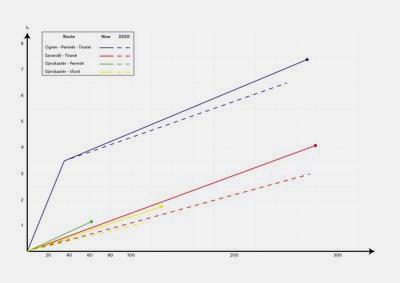Countryside and Movement—Fshat i LëvizjesCulture of Slowness: Connecting the Mountainous CountrysideDeniz Örün, Dario Toppan, and Geri Bisha
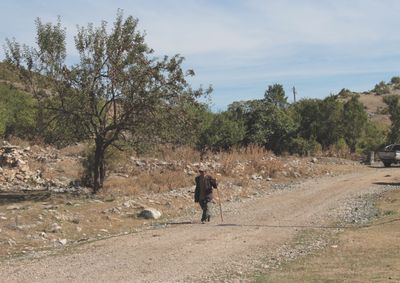
Albania has a long history of being a strategic territory for large-scale movements: due to its geographic position in Europe it is called the “gate to Europe.” The presence of important roads and trade routes, like the Via Egnatia that dates back to roman times, or Mediterranean ports like the one in Durres or Vlore, highlight this importance. During the 20th century socialist period, Albania expanded its traffic network by investing mainly in infrastructure such as tunnels or bridges located along the main transportation corridors. The absence of investments into road networks located in remote villages such as the mountains of Përmet or the Drino slopes and a missing public transportation led to a poor accessibility within and of these places.
In order to improve the connectivity and accessibility on the Albanian territory the Albanian Government worked out a national infrastructure plan. The plan is to expand the road and railway network by 2030. These measures are primarily intended to shorten travel times between larger cities. In addition, the railway system will create a good connection to Ioannina, a Greece city near to the Albanian border. But, there is a missing link in this infrastructure plan: the improvement of the accessibility of smaller villages, thus the secondary and tertiary roads.
Permët, a smaller city with ca. 10,000 inhabitants and located in the region of Gjirokastër, is accessible from Tirana, the capital of Albania located 400 kilometres away, in a 4-hour-drive. To get to Ogren, a small village located at 35 kilometres from Permët, it takes also 4 hours. This examples shows the poor road network between small villages.
Culture of Slowness
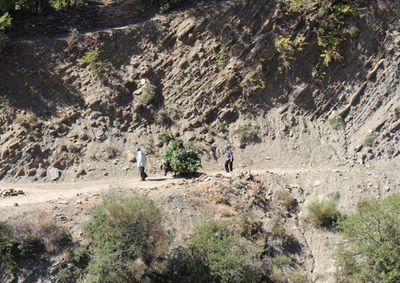
The poor accessibility of non-urban areas leads to the depopulation of those territories, especially of the villages located in the highlands. To counteract this trend we propose four approaches to strengthen the current networks of movement.
Fast Corridor
We suggest to add stations in Tepelenë, Permët, and Lazarat to the railway system. Additionally, we propose a public transport system that connects Tepelenë to Këlcyrë and Permët.
Becoming a Tourist Destination
Courses on tourism are offered to the local populations on the countryside so that they can develop into tourist destinations that they can design and manage themselves.
Activation of Remote Sites
Seasonally abandoned buildings could be used as studio spaces for artists, writers or designers from urban centres who wish to settle for a few months in the most remote villages of the mountainous landscape of southern Albania.
New Agricultural Networks
In order to solidify the agricultural networks, local farmers can sell their produce to the shops in surrounding villages where the products can be sold both to the local populations and the new tourists. This way the agricultural villages can play an important role in supplying the region while still functioning as small agricultural networks.
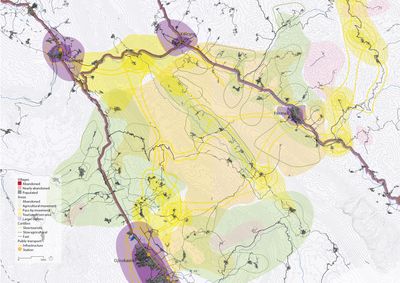
The result of the proposed project is a network of fixed tourist destinations with new attractions that support the slow movement. In the zones between settlements, the effect of passing tourists will increase and strengthen the local agriculture and compensate the seasonal fluctuation of residents.
